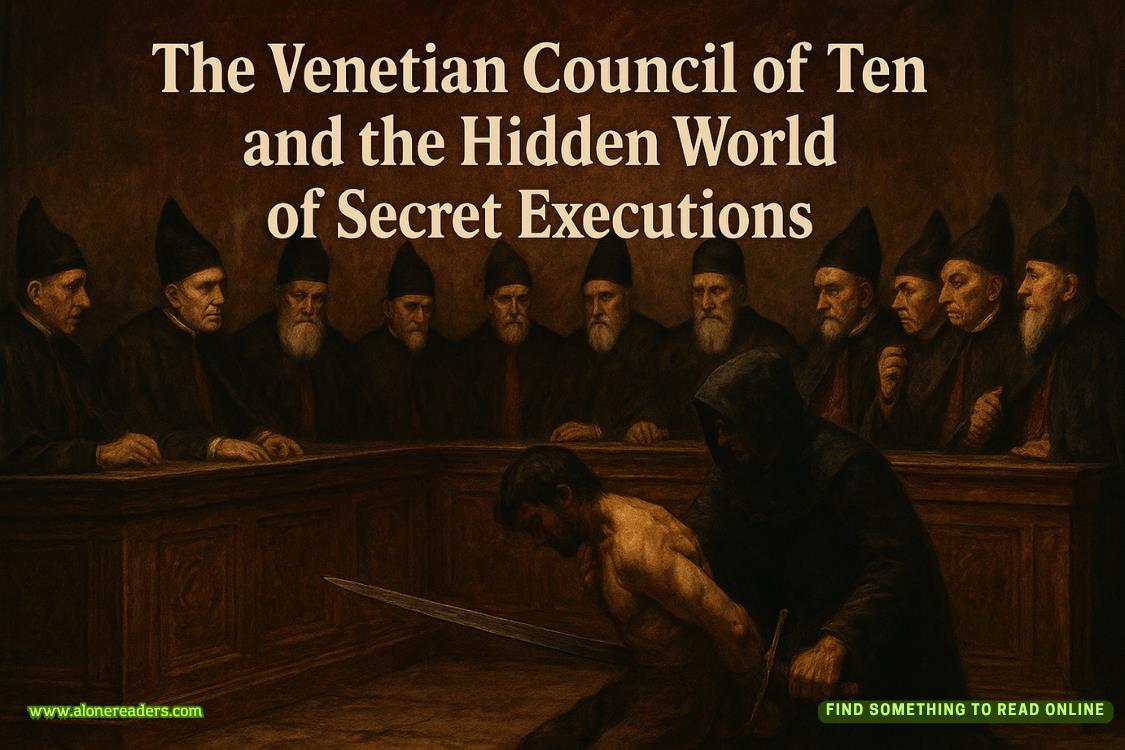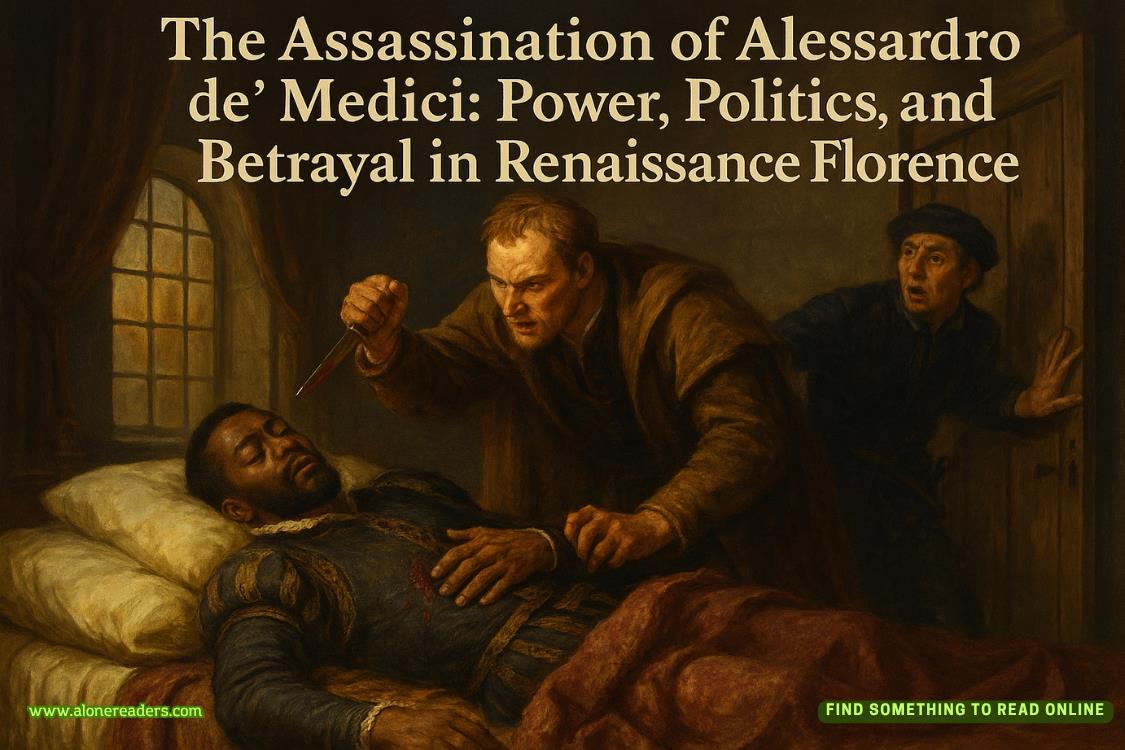Page 54 of Shadow of Doubt
“The National Archives?” MoMo asked, midway into another bite.
“Yes,” she responded. “The archives are open to the public. I would have come in during the day on Sunday and, having previously surveilled the building, hidden myself shortly before closing. Then, once I was ready, I could climb out onto the roof and cross over to Jadot’s building. There I would drop down and enter the window at the rear of his apartment and wait for him to return home. Once he did, I would kill him, retrace my steps, and return to the archives. Then, Monday morning, once it got busy enough, I would walk right out the front door with a group of tourists and disappear.”
The forensic digital specialist took his time chewing his kofte. After swallowing what was in his mouth, he replied, “That’s a pretty wild hypothesis.”
“It also makes sense.”
“Maybe, but it doesn’t meet the parameters for use of the AI software.”
“Of course it does,” Brunelle argued. “The National Archives ofFrance is a cultural venue and murder is most definitely a crime against public order.”
Raising his left hand, the young man tilted it from side to side as if to say,Maybe yes, maybe no.
“Come on, MoMo. Help me out here,” she implored as she pinched her thumb and index finger together. “We could be this close to catching whoever did this. Jadot was a fellow intelligence officer. We owe it to him to do everything we can to solve his murder.”
The young man thought about it as he pulled the last piece of kofte off the skewer with his teeth. “There might be one way we can do this,” he said. “At least so it’s all aboveboard.”
“How?”
“We treat it as a practice exercise. We’re searching for a fictional bomb suspect who has planted a device at the National Archives. The goal of the exercise is to help DGSI officers better understand how the software can be used. Once we’re done, we delete everything. As long as none of the results are used to violate anyone’s rights, we haven’t run afoul of any of the rules.”
“I promise,” Brunelle replied, tracing the sign of the cross on her chest. “I will not violate anyone’s rights.”
MoMo knew her too well. “Just don’t get caught. And if you do, don’t tell anybody where you got your information.”
After accessing the cloud that the National Archives used for its CCTV footage, MoMo entered the time and date range Brunelle had given him, and then set the AI loose.
As the software wasn’t perfect, the process had a few hiccups. On multiple occasions it stopped and needed to be redirected. It was young and still learning.
Nevertheless, the amount of faces it could tag, sort, and account for in a matter of minutes was amazing. For each person it identified, the AI cataloged their clothing, any objects they were openly carrying, and their gait.
Brunelle remembered when gait recognition was in its infancy. Shehad been astonished to learn that each human being’s walk was as unique as their fingerprint. Being able to match subjects to their gait was a huge advantage for law enforcement. Bad guys could obscure their faces and change their clothing, but still give themselves away simply by walking past a camera.
The biggest help of all would have been if the French government had erected “readers” across the city to covertly tag and gather cell phone information. It was the logical next step. Once someone had been identified on CCTV, you could then match them to their cell phone and search for their signal. But France wasn’t there yet and Brunelle figured she ought to be thankful. If the tech kept going the way it was going, she’d probably be out of a job soon.
Finally, the AI reached the end of its search and MoMo scrutinized his screen. He was toggling between two images.
“What do you have?” Brunelle asked, leaning in closer.
“Studying all entrances and exits at the National Archives, everyone who entered on Sunday, the day of Jadot’s murder, is confirmed to have left by the time the archives closed.”
“Including security staff?”
“Security staff included,” MoMo replied. “The overnight shift can be seen arriving Sunday evening and then departing the next morning.”
“So what are the two images you’re looking at?”
“According to the AI, these are two different people. The one on the right entered the archives on Sunday, but never exited. And the one on the left exited on Monday, but never entered.”
“You can’t see the faces very well in either shot.”
“Agreed. That’s why the AI is defaulting to gait recognition. These two individuals don’t have the same walk,” said MoMo.
“Play the clips for me.”
Brunelle watched as Figure One entered the archives on Sunday, a ball cap pulled low, avoiding the security cameras. Then she watched as Figure Two, wearing a different hat and clothing, while also avoiding the cameras, left the archives on Monday morning. Unlike Figure One, Figure Two was walking with a slight limp.
“He’s faking it,” she said.















